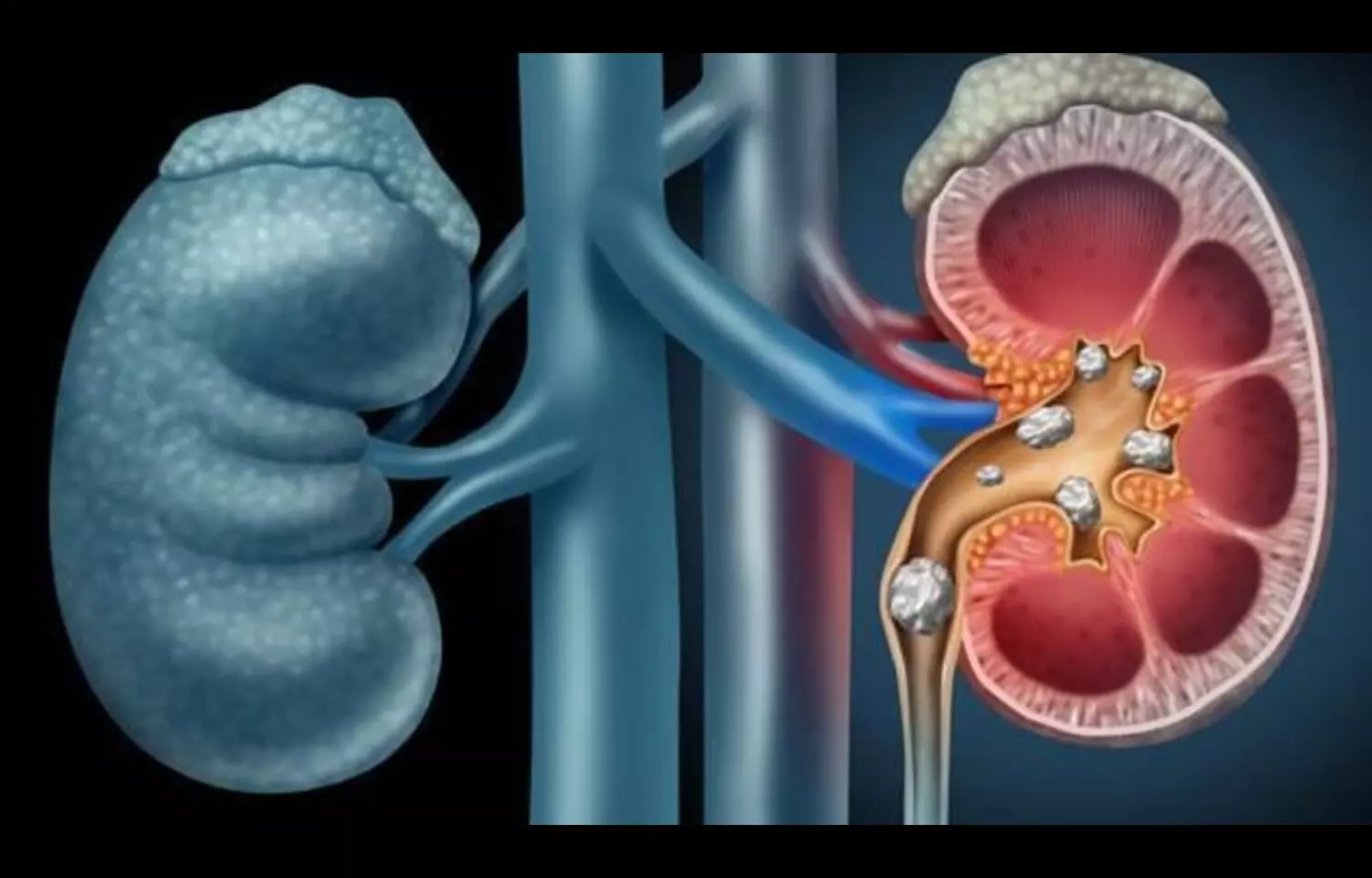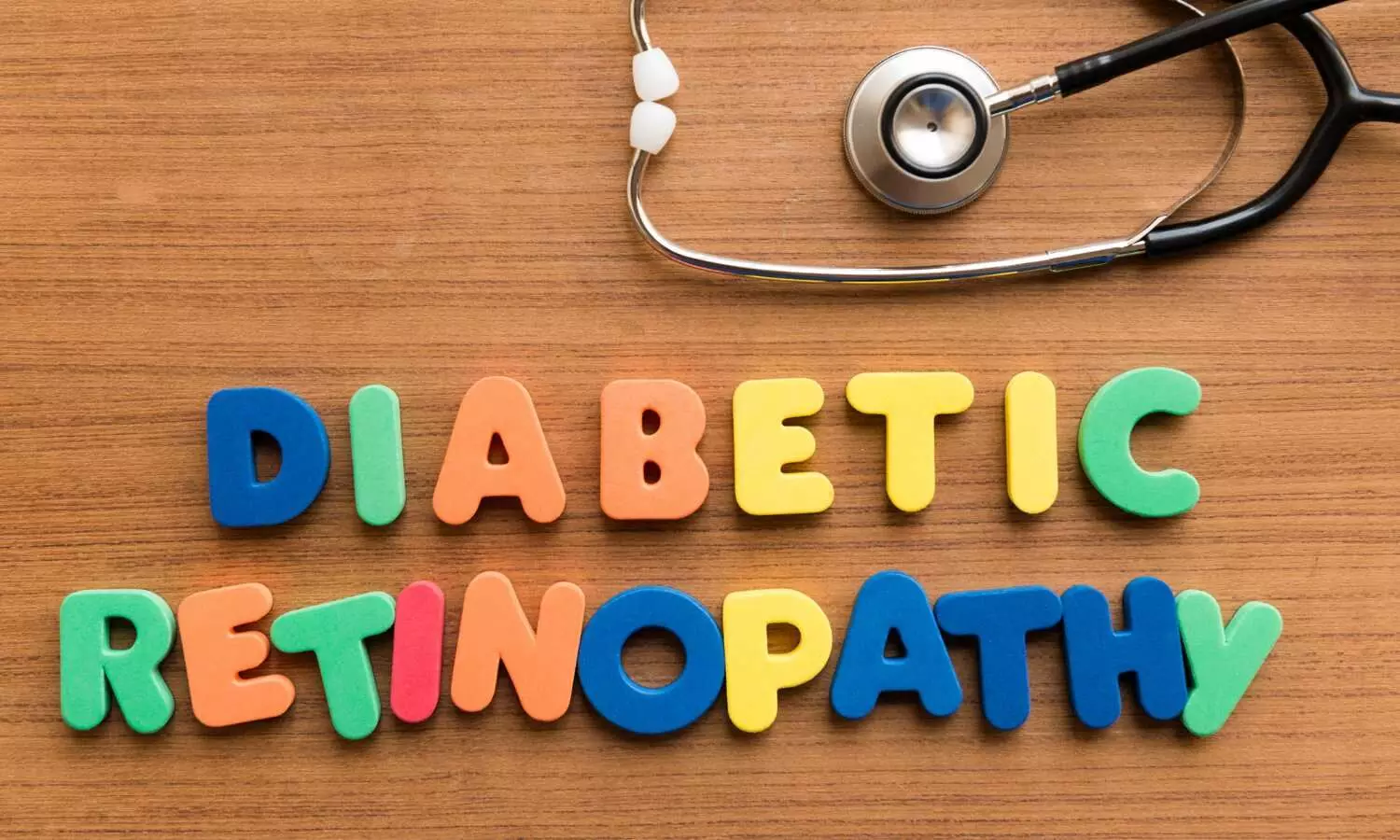Oral Berotralstat Effective and Safe for HAE Prevention in Young Children: Study

A newly published retrospective cohort study (APeX‑P trial) in Journal of Allergy and Clinical Immunology: In Practice found that oral berotralstat—a once‑daily plasma kallikrein inhibitor—was well tolerated and highly effective in reducing hereditary angioedema (HAE) attack rates in children aged 2–11 years. Among the 29 pediatric participants (median age 8), berotralstat led to early and sustained reductions in attack frequency: whereas the baseline median attack rate was 0.96 per four weeks, most children maintained zero to near‑zero attack rates through week 48. There were no drug‑related serious adverse events, discontinuations, or Grade 3/4 toxicities. Mild common side effects included nasopharyngitis, headache, and upper respiratory infections. pharmacokinetics showed a median Tmax of 3.9 hours and consistent exposure levels, supporting reliable once‑daily dosing. These findings suggest berotralstat could be a game‑changer as a first approved oral prophylactic option for children under 12, a population previously limited to injectable prophylaxis. Given its safety and early efficacy, this therapy offers a promising long‑term management strategy that may improve quality of life and reduce the treatment burden for young HAE patients. Experts note that further real‑world studies and longer follow‑up are needed to confirm durability and generalizability across diverse pediatric groups.
Keywords: berotralstat, hereditary angioedema, pediatric prophylaxis, HAE prevention, oral plasma kallikrein inhibitor, attack reduction, safety in children, APeX‑P trial, quality of life, orladeyo
Powered by WPeMatico









